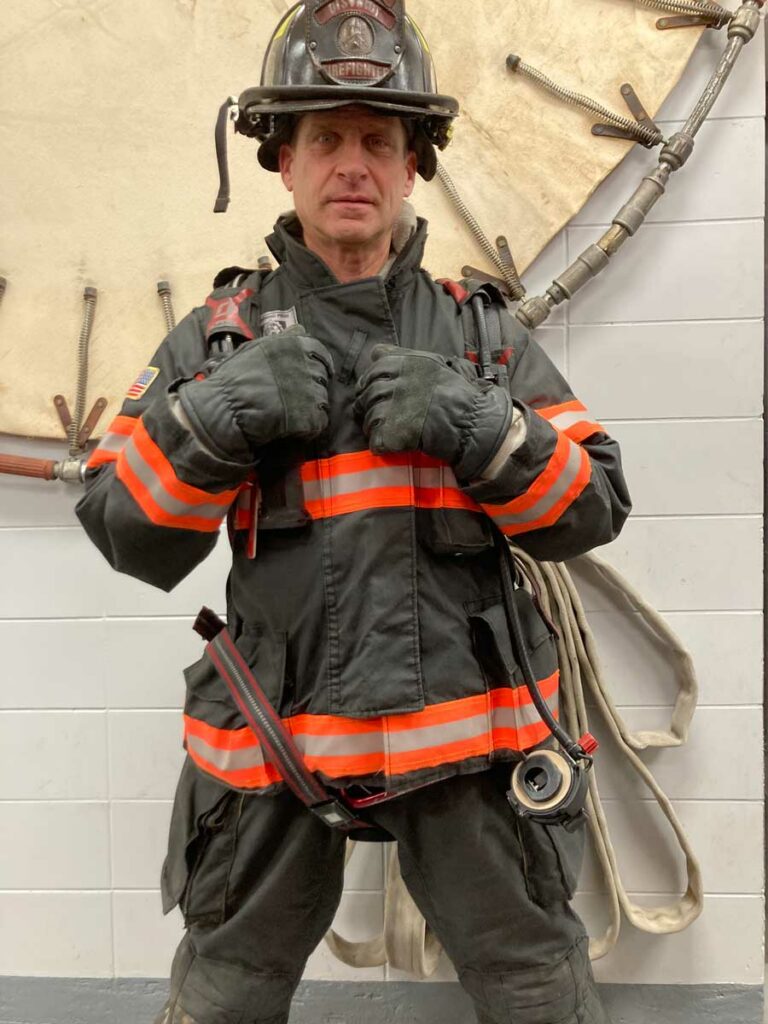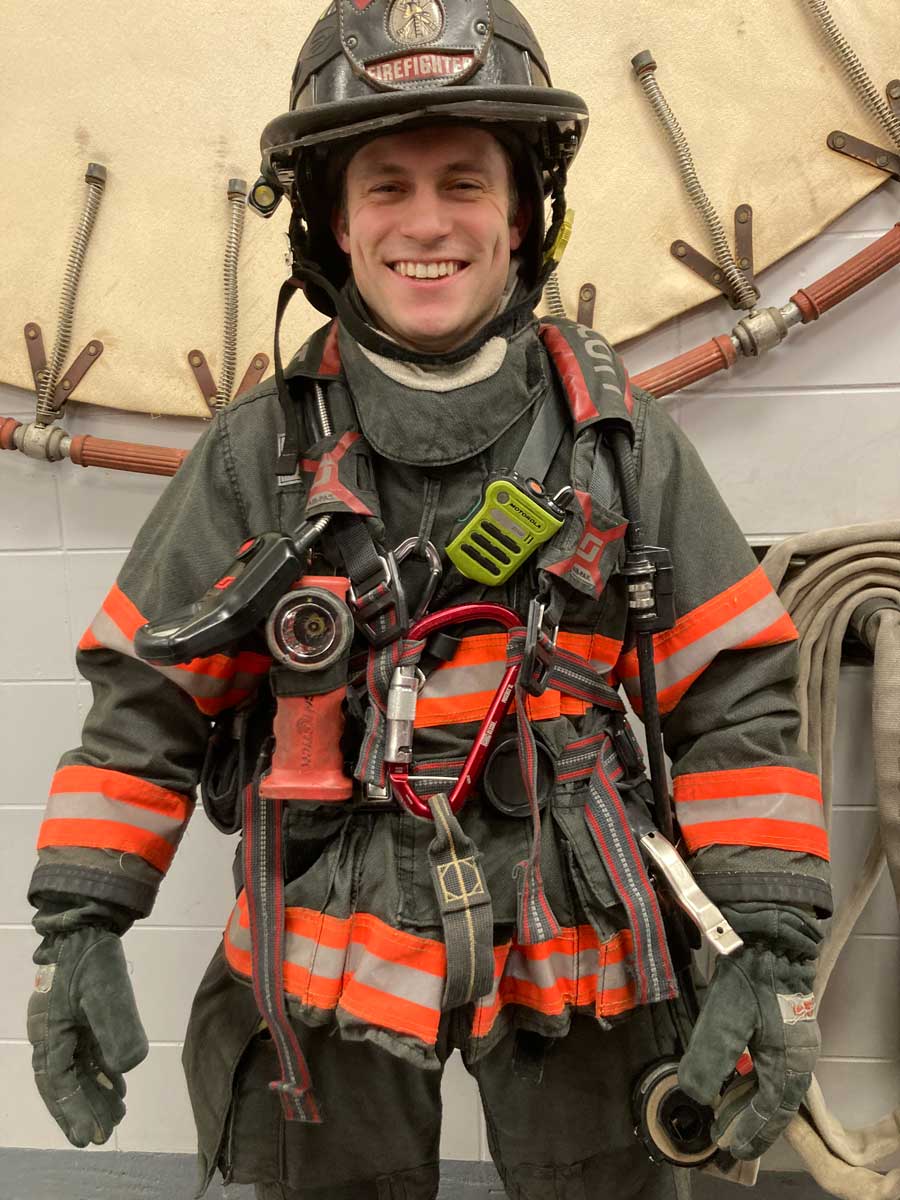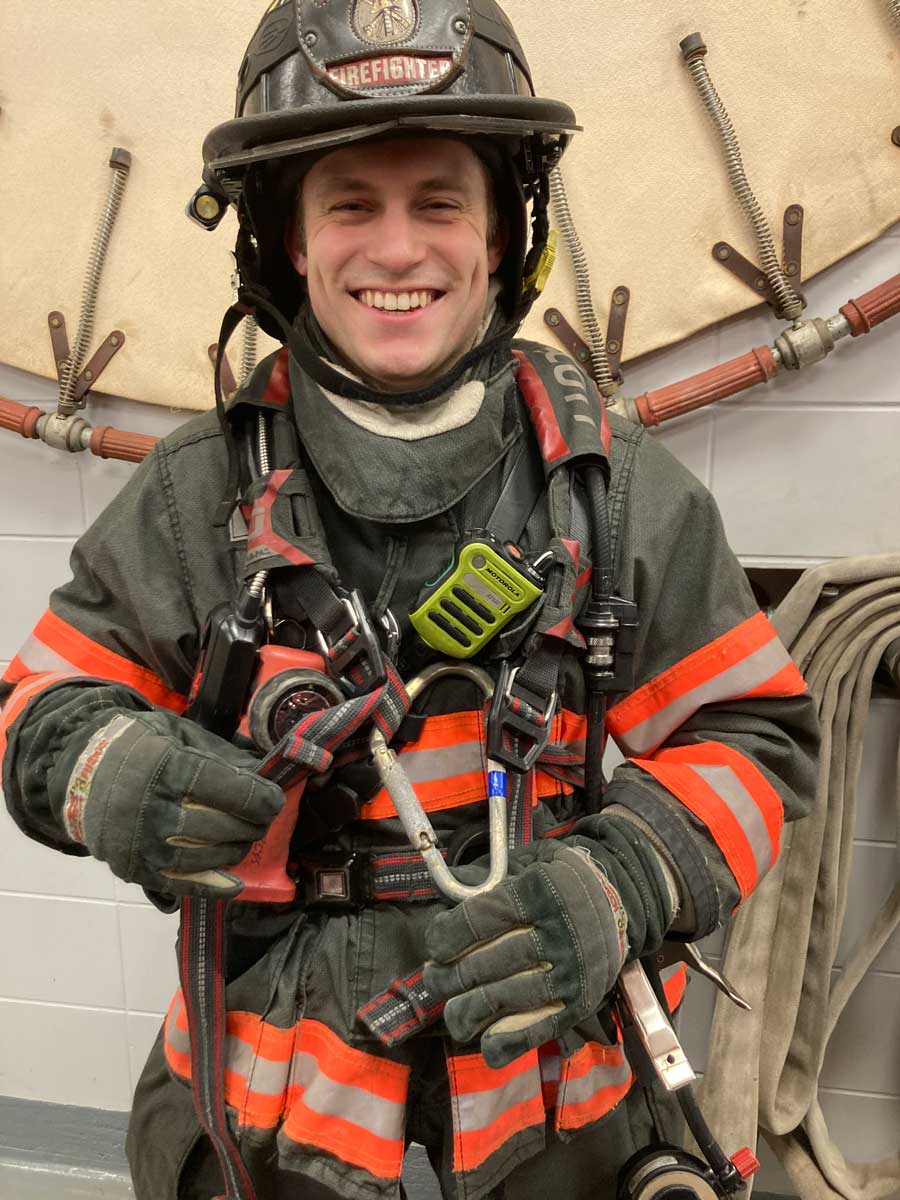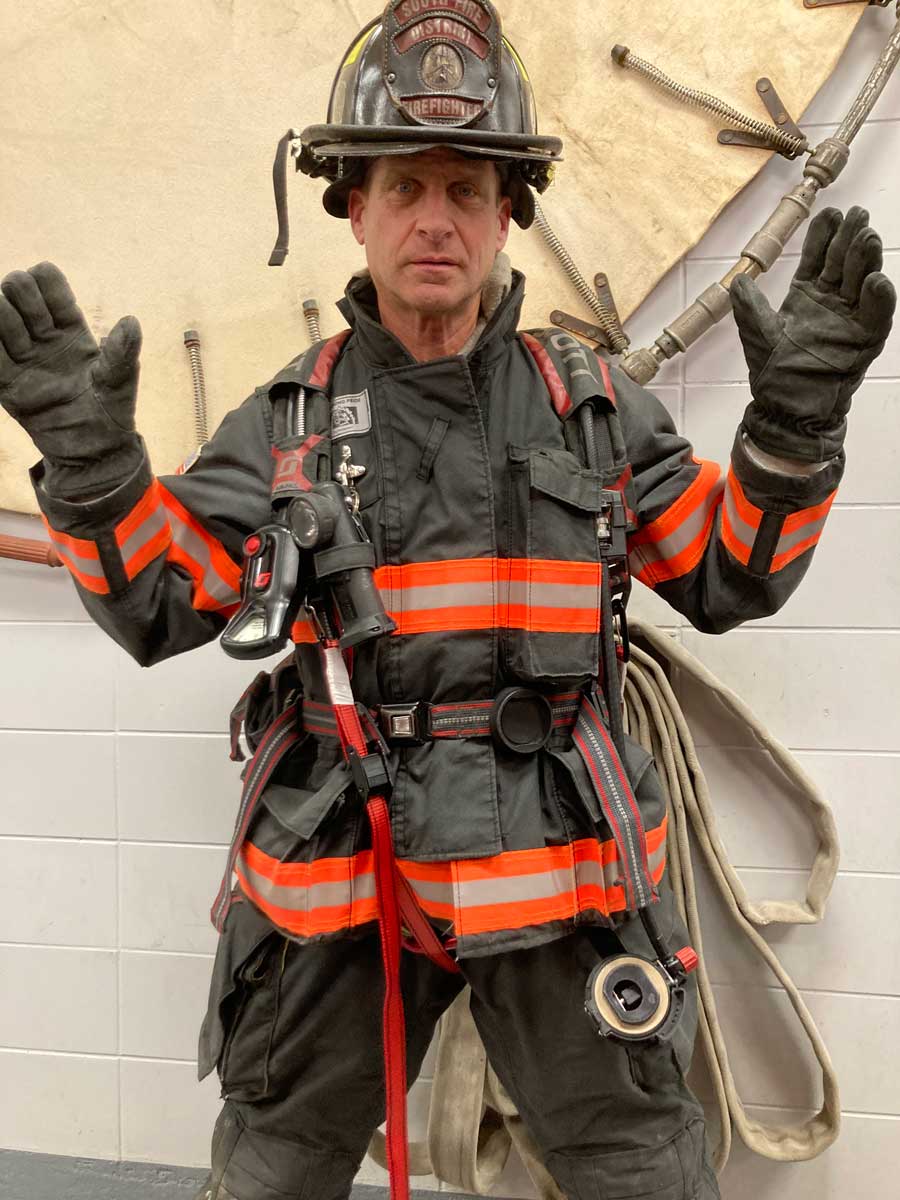By AB Turenne
When firefighters leave the fire academy, they enter the field as a novice—a “jack of all trades and a master of none.” Through extensive cognitive and psychomotor lesson training, you have been given the basic knowledge and skill set to work under the guidance and supervision of the “senior guys” and your respective company officers. It is out in the field where you will then begin to sharpen the specific skill sets that come along with the job functions you will be tasked to perform while on duty.
Being assigned to a specific piece of fire apparatus or company usually comes with a specialized discipline such as vehicle extrication, rope rescue, and hazardous materials response. In many areas, certain units or apparatus are designated as the rapid intervention team (RIT) for all working fires, which gives those assigned to that company the needed and necessary skills and training (along with equipment) to perform the roles and duties of RIT.
Statistics and studies have shown that approximately 75% of firefighters in need of rescue were actually removed from an Immediately Dangerous to Life and Health (IDLH) environment by their own crew or others operating in close proximity on that initial alarm.
With that in mind, it is imperative that no matter your apparatus designation—engine, truck, rescue, etc.—or company function—suppression, ventilation, search, RIT—that you begin to develop the skills and knowledge needed to perform RIT operations for the safety of yourself and crews operating on the fireground.
More often than not when training during RIT evolutions, the scenario offers a look into the worst-case scenario, which requires a plethora of personnel, tools, and tactics. In reality, studies have shown that close to 70% of RIT rescues were not technical in nature and resulted in firefighters being extracted in a horizontal fashion to a safer location.
While being pushed, dragged, or hauled horizontally across a large surface area, firefighters find themselves being stripped of their self-contained breathing apparatus (SCBA) and in some circumstances stripped of their turnout gear. Close to 85% of firefighters rescued during a RIT operation were found to be removed from their SCBA and/or gear.
It is imperative that as a firefighter you learn to develop the skills needed to convert your gear and equipment into a harness to proactively address what may prevent you from being removed while you are being rescued. More importantly by being able to package yourself for removal prior to crews arriving to provide assistance, it will lessen the time frame it takes to have you removed from an IDLH environment or from the hazards that are presented.
Three Basic SCBA Conversion Options
- Waist straps between legs
- Waist straps up through harness, plus shoulder strap capture
- Ladder belt shoulder strap capture

Conversion #1
The first conversion can be used on a firefighter that is NOT equipped with a harness system.
- Loosen all straps, both the shoulders and waist.
- Lift one leg up towards your chest.
- Feed the waist strap from the side of the lifted leg from behind the leg and up towards your groin area.
- Feed the opposite waist strap over your groin and connect the two via the buckle mechanism.
- Tighten down all straps, both shoulders and waist. Place an overhand knot in each shoulder strap to prevent the shoulder straps from loosening while you are being dragged or hauled during removal.

Conversion #2
Converting your SCBA harness while equipped with a harness system can be done quickly and has proven to be effective and efficient in limited visibility environments as well as with cumbersome dexterity of the gloved hand.
Another advantage to this method is that if you should become inverted while being lowered from a window or lifted from below grade, this conversion has created a three-point harness, protecting you from falling free from the harness.
- Loosen all straps, both the shoulder and waist.
- Feed the waist straps through the front leg straps of the harness system (left through left and right through right) from the bottom up and connect the two via the buckle mechanism.
- Extend the oversized carabiner from the harness system and capture the two shoulder straps in the area of the sternum.
- Tighten down all straps, both shoulders and waist. Place an overhand knot in each shoulder strap to prevent the shoulder straps from loosening during removal.


With integrated harnesses that are accompanied with an over- sized carabiner, simply attached the “ladder belt” to the both shoulder straps as described above and, as an added measure, the waist straps could be connected as described in the first conversion. If an integrated harness is not an option, use an oversized carabiner to capture the two shoulder straps as described above and as an added measure, the waist straps can be connected as described in Conversion #1.


Conversion #3
The third conversion is best used if you are a larger firefighter whose physical composition can make it difficult to feed waist strap belts behind your leg and through your groin or where the oversized carabiner from the integrated harness system is unable to capture the two shoulder straps due to the sheer girth of your profile.
To accomplish this conversion, you can implement a pick-off strap with a carabiner attached at both ends. Prior to performing this, tighten down all straps, both shoulders and waist.
- Capture the carabiner through the opening provided on either of the two shoulder strap clamps.
- Feed the pick-off strap from around the back of your torso on the same side captured and feed it up through your groin area and up to the opposing strap clamp.
- Capture the second carabiner to that strap clamp, tighten down to remove any slack, and secure the webbing in place with a simple overhand knot.
Beginning the packaging stage for your removal, should your situation warrant the activation of a RIT response, is an advantageous step in ensuring your safe removal by crew members. The less work they need to do, the quicker the desired end result of removal from an IDLH environment will be achieved. Learning these various conversions and techniques will prove to be beneficial to both your safety and those you choose to pass the knowledge onto.
AB Turenne is a 23-year veteran of the fire service in Eastern Connecticut. He is a certified Level II Fire Service Instructor and a graduate from the Master of Public Administration program at Anna Maria College. He is also a regular contributor to the Fire Engineering Training Community.

